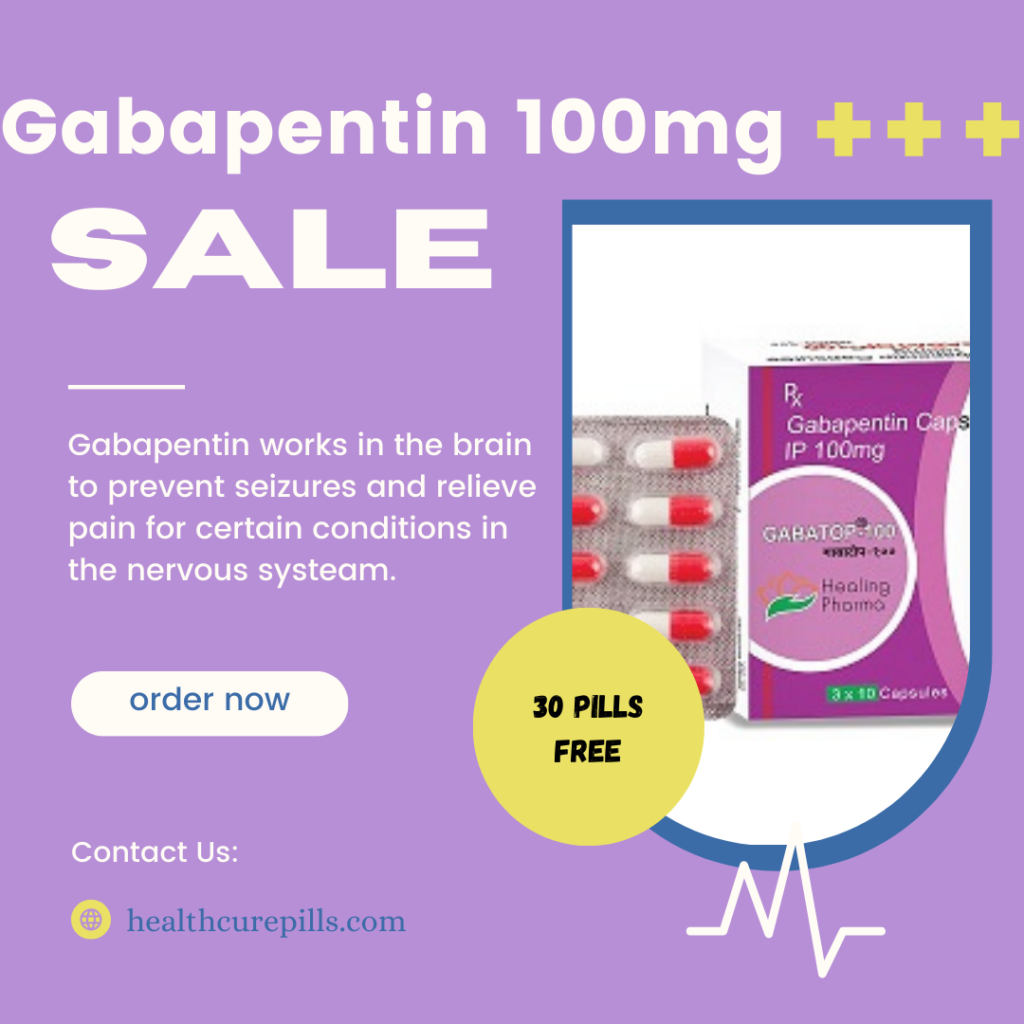Nerve pain, also known as neuropathic pain, is a complex and often debilitating condition that affects millions of individuals worldwide. Understanding the mechanisms and causes of nerve pain is crucial in developing effective treatment strategies. In this article, we delve into the role of physical therapy in managing nerve pain, exploring the various techniques, modalities, and personalized treatment plans that can help alleviate symptoms and improve quality of life for those dealing with this challenging condition.
Introduction to Nerve Pain and Physical Therapy
Defining Nerve Pain and Its Impact
Nerve pain, also known as neuropathic pain, can be debilitating, affecting millions worldwide. It’s often described as shooting, burning, or tingling sensations that can significantly impact daily life.
The Role of Physical Therapy in Nerve Pain Management
Physical therapy plays a crucial role in managing nerve pain by focusing on improving mobility, reducing pain, and restoring function. It offers a holistic approach to rehabilitation that addresses the underlying causes of nerve pain.
Understanding the Mechanisms of Nerve Pain
Overview of Nerve Pain Pathophysiology
Nerve pain arises from damage to the nervous system, leading to abnormal signaling between nerves and the brain. Understanding the mechanisms behind nerve pain is essential for effective treatment and management.
Common Causes of Nerve Pain Conditions
Nerve pain can stem from various conditions, including nerve compression, diabetes, injuries, and diseases like multiple sclerosis. Identifying the underlying cause is key to developing targeted treatment plans.

The Role of Physical Therapy in Managing Nerve Pain
Benefits of Physical Therapy in Nerve Pain Rehabilitation
Physical therapy offers numerous benefits for nerve pain management, such as improving strength, flexibility, and mobility, reducing pain levels, and enhancing overall quality of life for patients.
Types of Nerve Pain Conditions Treated with Physical Therapy
Physical therapy can effectively treat a wide range of nerve pain conditions, including sciatica, carpal tunnel syndrome, and neuropathy. Tailored rehabilitation programs can help patients regain function and alleviate symptoms.
Techniques and Modalities Used in Physical Therapy for Nerve Pain
Manual Therapy Approaches for Nerve Pain Relief
Manual therapy techniques like massage, stretching, and joint mobilizations can help alleviate nerve pain by reducing muscle tension, improving circulation, and promoting healing in affected areas.
Therapeutic Exercise and Neuromuscular Reeducation
Therapeutic exercises designed to strengthen muscles, improve coordination, and enhance balance play a crucial role in nerve pain rehabilitation. Neuromuscular reeducation helps retrain the nervous system to function optimally, reducing pain and improving movement patterns.

Individualized Treatment Plans for Nerve Pain Rehabilitation
When it comes to nerve pain rehabilitation, there’s no one-size-fits-all solution. Physical therapists excel at crafting personalized treatment plans that cater to each individual’s unique needs and conditions. By conducting thorough assessments and evaluations, they can pinpoint the root of the issue and tailor a plan that targets it effectively.
Assessment and Evaluation in Tailoring Treatment Plans
Physical therapists are like detectives, but instead of solving crimes, they’re uncovering the mysteries of your nerve pain. Through various tests, measurements, and discussions, they gather crucial information to understand the source and extent of your pain. This data forms the blueprint for a customized treatment plan that addresses your specific challenges.
Setting Realistic Goals and Monitoring Progress
Rehabilitation is a journey, not a sprint. Setting achievable goals is essential for maintaining motivation and tracking progress. Your physical therapist will work with you to establish milestones that keep you moving forward. By regularly monitoring your advancements and adjusting the plan as needed, they ensure you stay on the path to recovery.
Integrating Physical Therapy with Other Treatment Approaches
Physical therapy is not a solo act in the realm of nerve pain management. It harmonizes seamlessly with other treatment modalities to provide a comprehensive and holistic approach to your well-being. By teaming up with healthcare providers and incorporating diverse therapies, physical therapists enhance the effectiveness of your rehabilitation journey.
Collaboration with Healthcare Providers for Comprehensive Care
Your physical therapist isn’t playing a solo game of Operation. They work hand in hand with your healthcare team to ensure all aspects of your care align seamlessly. By sharing insights, coordinating treatments, and communicating progress, they create a united front focused on your recovery and overall health.
Combining Physical Therapy with Medication and Alternative Therapies
Physical therapy isn’t just about exercises and stretches; it’s about blending the best of various worlds to optimize your healing. By integrating traditional medicine, medication, and alternative therapies like acupuncture or massage, physical therapists create a tailored approach that caters to your individual needs. It’s like a fusion recipe for pain relief.
Evidence-Based Practices and Success Stories in Nerve Pain Rehabilitation
In the world of nerve pain rehabilitation, success stories aren’t just anecdotal; they’re backed by solid evidence. Through rigorous research and real-life experiences, physical therapy has proven its effectiveness in alleviating nerve pain and restoring quality of life. Let’s dive into the data and stories that underscore the power of physical therapy in nerve pain recovery.
Research Findings on the Effectiveness of Physical Therapy for Nerve Pain
Science doesn’t lie, and when it comes to physical therapy for nerve pain, the numbers add up. Research studies have consistently shown the positive impact of physical therapy interventions on reducing pain, improving function, and enhancing overall well-being for individuals with nerve-related conditions. The evidence speaks for itself.
Case Studies and Patient Testimonials Demonstrating Positive Outcomes
Behind every statistic is a human story. Real-life experiences of individuals who have undergone nerve pain rehabilitation through physical therapy offer a glimpse into the transformative power of these interventions. From regaining mobility to rediscovering joy in everyday activities, these testimonials serve as living proof of the life-changing benefits of physical therapy.In conclusion, physical therapy plays a vital role in the rehabilitation of nerve pain, offering a holistic approach that focuses on improving function, reducing pain, and enhancing overall well-being. By incorporating evidence-based practices, individualized treatment plans, and a collaborative approach with other healthcare providers, individuals dealing with nerve pain can find hope and relief through the guidance and expertise of physical therapists.
